
Kent State Stark Geologic Time Scale Walk
|
The walk begins outside the Campus's Main Hall near the East Wing and circles the Pond, located at the northeast corner of the campus. |
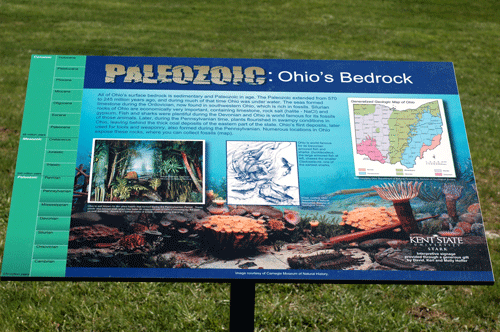 |
|
|
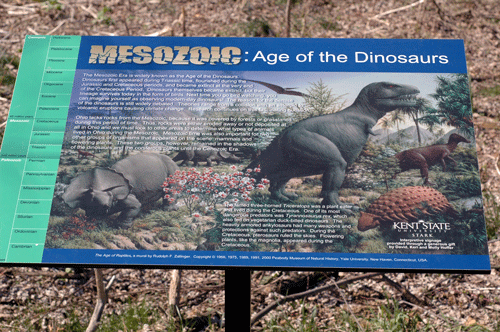 |
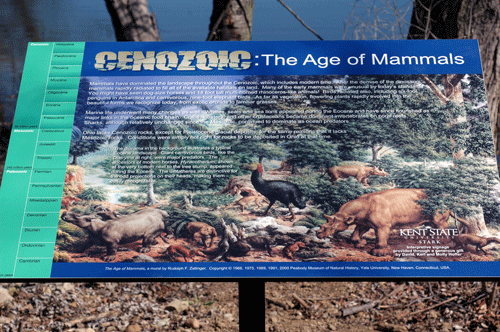 |
|
|
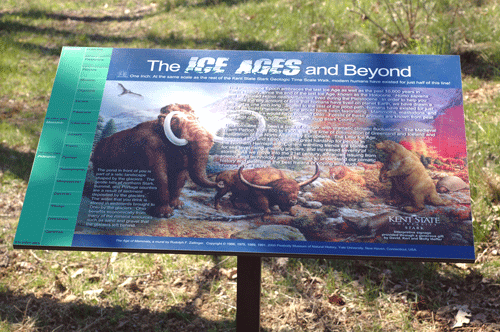 |
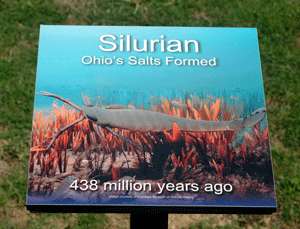 |
|
|
|
|
|
For More Information on Geologic Time and Paleontology, visit the following websites:
Paleontological Research Institute
San Diego Natural History Museum
back to top